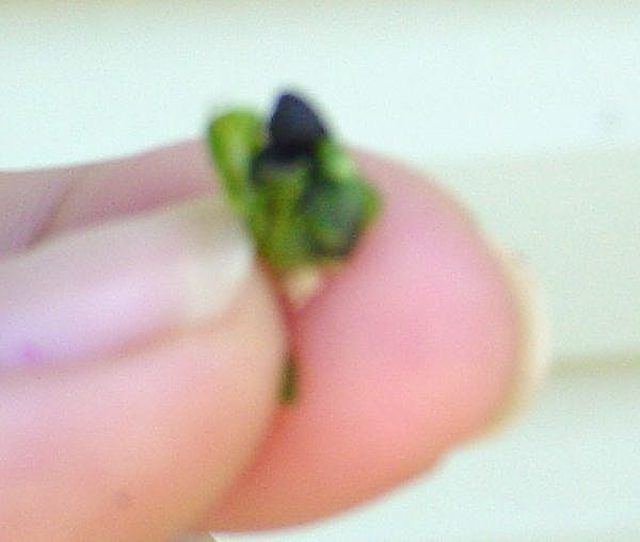Bulbs
Flower Basics
Flower Beds & Specialty Gardens
Flower Garden
Garden Furniture
Garden Gnomes
Garden Seeds
Garden Sheds
Garden Statues
Garden Tools & Supplies
Gardening Basics
Green & Organic
Groundcovers & Vines
Growing Annuals
Growing Basil
Growing Beans
Growing Berries
Growing Blueberries
Growing Cactus
Growing Corn
Growing Cotton
Growing Edibles
Growing Flowers
Growing Garlic
Growing Grapes
Growing Grass
Growing Herbs
Growing Jasmine
Growing Mint
Growing Mushrooms
Orchids
Growing Peanuts
Growing Perennials
Growing Plants
Growing Rosemary
Growing Roses
Growing Strawberries
Growing Sunflowers
Growing Thyme
Growing Tomatoes
Growing Tulips
Growing Vegetables
Herb Basics
Herb Garden
Indoor Growing
Landscaping Basics
Landscaping Patios
Landscaping Plants
Landscaping Shrubs
Landscaping Trees
Landscaping Walks & Pathways
Lawn Basics
Lawn Maintenance
Lawn Mowers
Lawn Ornaments
Lawn Planting
Lawn Tools
Outdoor Growing
Overall Landscape Planning
Pests, Weeds & Problems
Plant Basics
Rock Garden
Rose Garden
Shrubs
Soil
Specialty Gardens
Trees
Vegetable Garden
Yard Maintenance
How to Grow an Endless Supply of Onions
How to Grow an Endless Supply of Onions. Onions can be grown either from seed or from an onion "set." If you are new to growing food, you will be happy to hear that onions are one of the easiest vegetables to grow. They are members of the Alliaceae family, along with scallions, leeks and garlic.
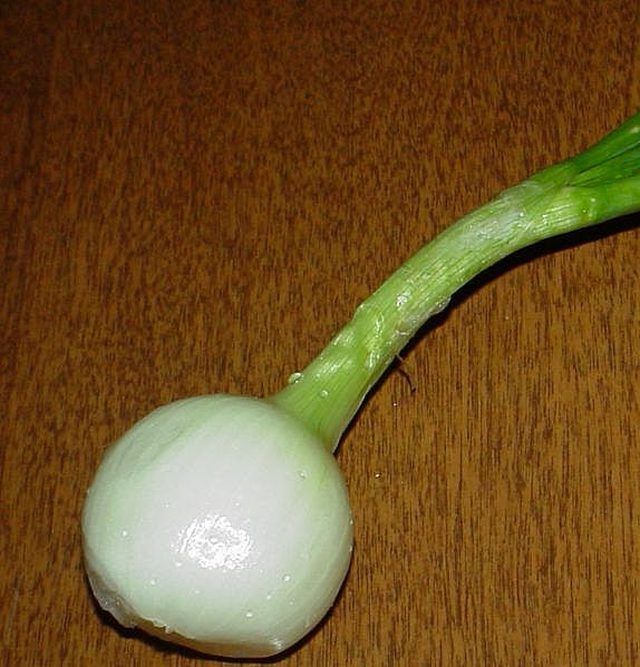
Onions can be grown either from seed or from an onion "set." If you are new to growing food, you will be happy to hear that onions are one of the easiest vegetables to grow. They are members of the Alliaceae family, along with scallions, leeks and garlic.
To grow your first onion, you can buy seeds or sets from the store. You might also choose an organic onion that has begun to sprout in your pantry.
An onion set is typically planted in the Spring, 5 weeks prior to your zone's last frost date. Onion seeds are typically planted in the Fall. Seeds planted in the fall will be onion "sets" by the following spring. If you are unsure of your last frost date, you can find it online by visiting the Garden Helper website in the resource section below.
An interesting fact about onions is that if you choose to leave a mature onion in the ground over the Winter, rather than harvest it, it will begin to multiply. It forms sections, much like garlic cloves, that can be dug up, seperated and replanted each Spring. If you leave enough mature onions in the ground each Fall, you will have an endless supply of onion sets each Spring.
Onion plants also go to seed if left unharvested. The onion stem grows very tall and a white ball of flowers forms on the end of the stem. Here is a photo of an onion plant that has bloomed. To enlarge the image, simply click on it.
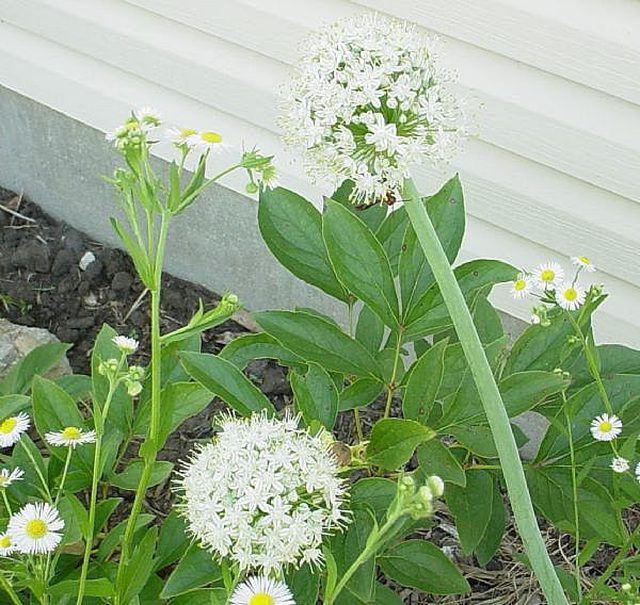
After an onion plant blooms, the petals will eventually fall from the flower. At this phase, it looks gains a purple hue.
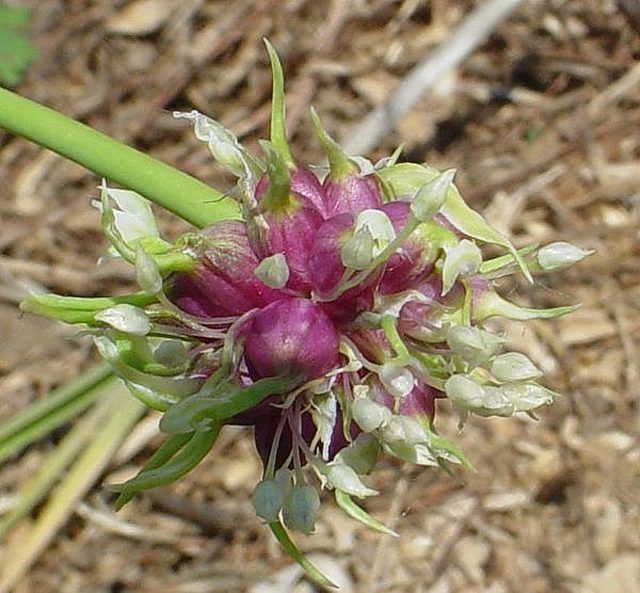
Eventually, the entire flower will die off. What remains are small seed pods.
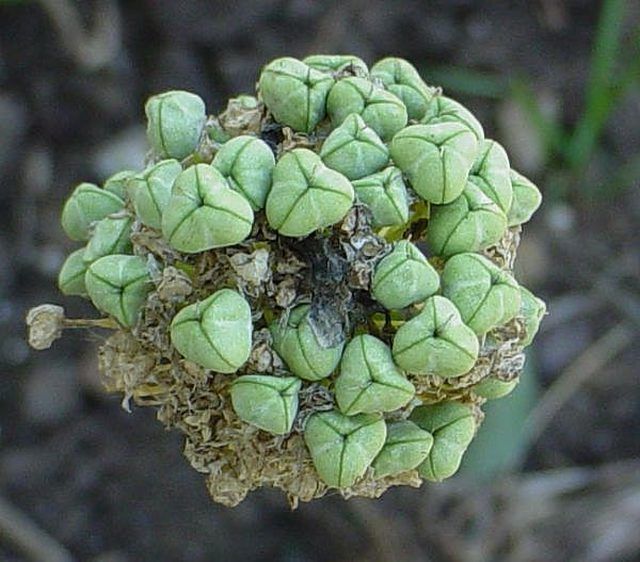
If you gently break open the pods, you will find onion seeds. Becareful not to damage the seeds while doing this. You can plant the seeds in the fall to grow new onions.
